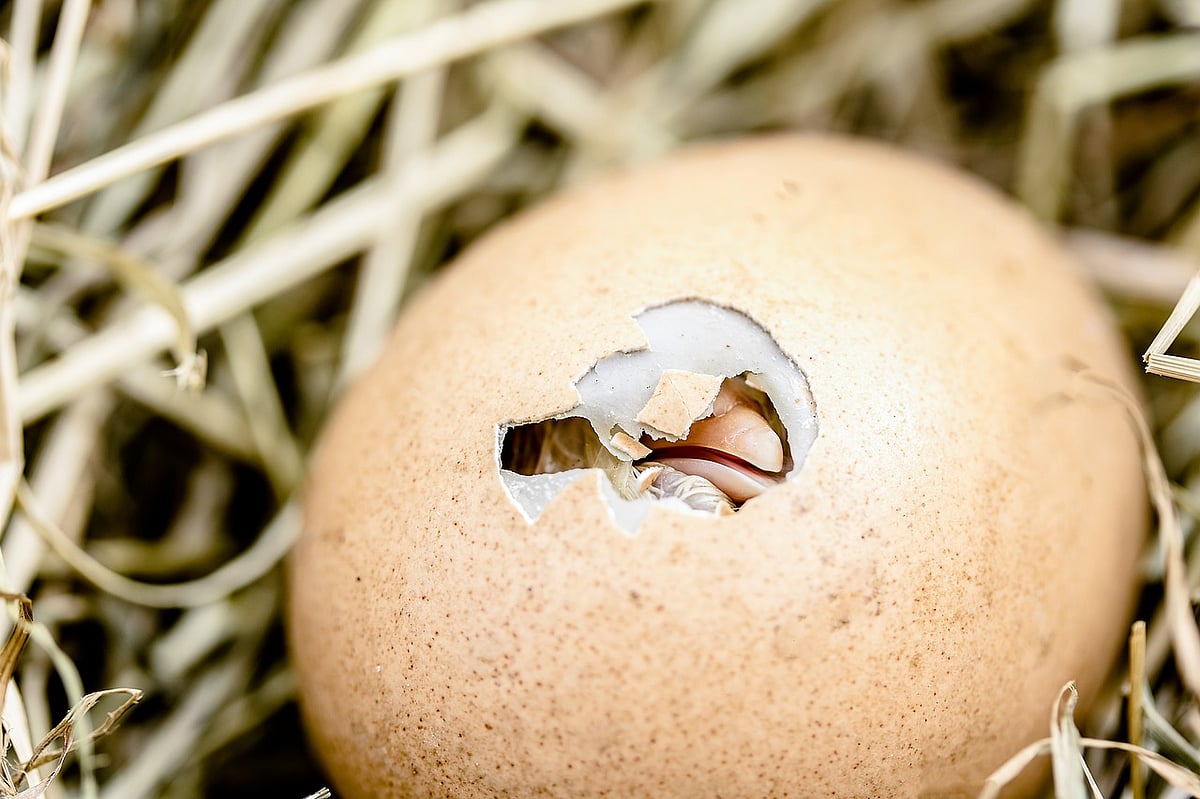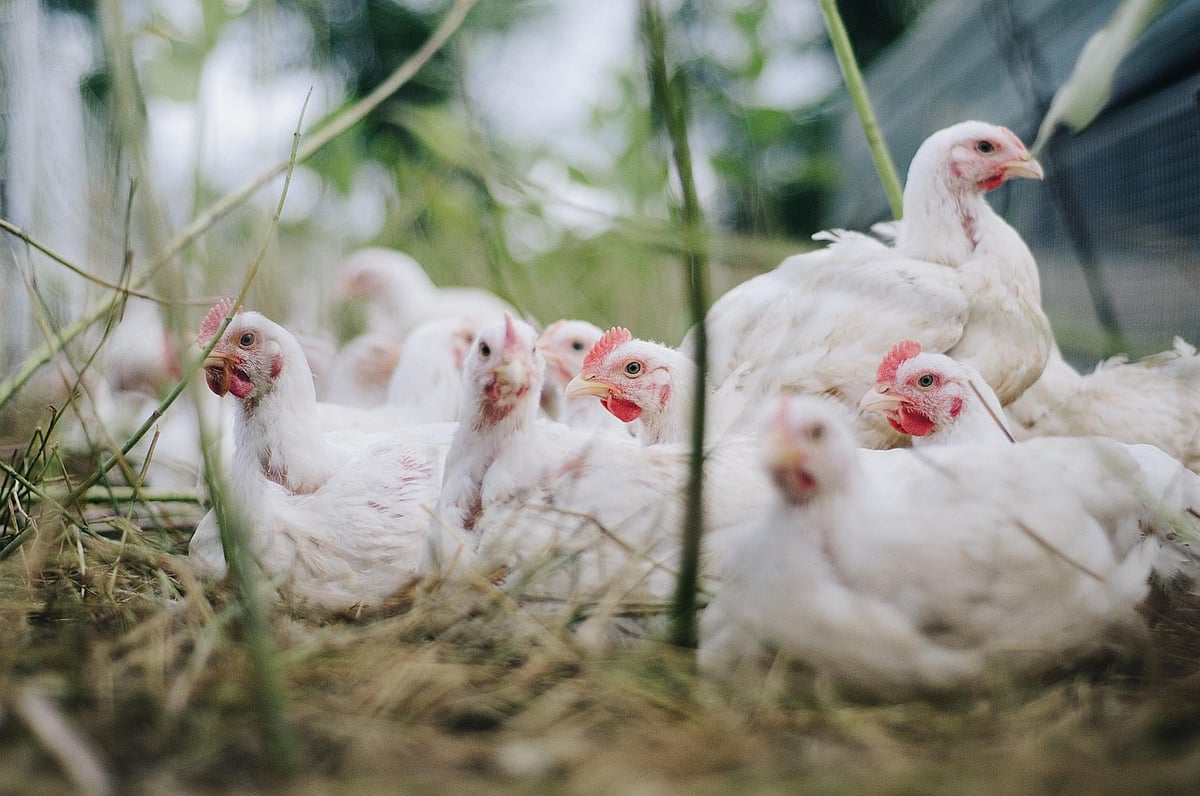
One of the unsolvable riddles since the dawn of time is whether the chicken came from the egg and the egg came from the chicken. Some say that the chicken comes from the egg. Some would argue that the egg was laid by a chicken, so the chicken came first.
This puzzle remains an intractable problem no matter how you look at it. Now researchers have found the answer to this puzzle.

For this they first studied 51 fossil species and 29 living species. These organisms are oviparous. They are classified as viviparous.
Amniotes, the vertebrates, evolved from aquatic organisms such as fish. They had the characteristics of amphibians that could live in water as well as on land. These creatures stayed close to water to survive and reproduce. For example living organisms such as frogs and salamanders.
Those creatures that appeared 320 million years ago had waterproof skin and learned to control water loss. By this they separated from the water and developed the habit of living on land.
Many lizards and snakes have switched from hatching to laying eggs. The ancestor of the chicken also evolved from brooding to egg-laying.
The egg shells, which were initially soft, have evolved into hard shells.

Mother organisms may have extended their brooding in the womb for long periods of time to allow hatching of their young under conditions of sufficient warmth and abundant food. Scientists call this as Extended Embryo Retention.
From this they have studied and learned that ‘the egg has come from the hen’. The ancestors of extant reptiles, birds and mammals have been found to have been young mammals without laying eggs.
The information about this study has been published in the journal “Nature Ecology & Evolution”.
